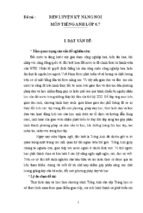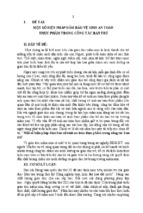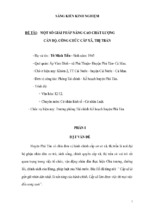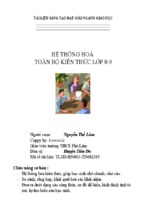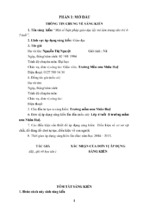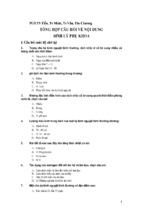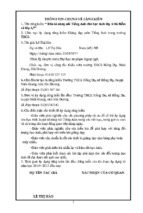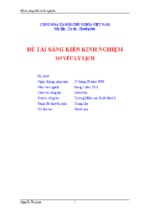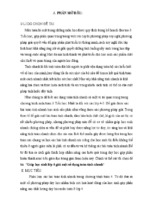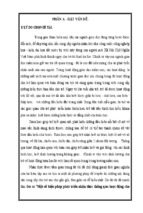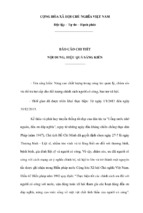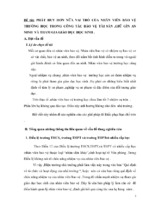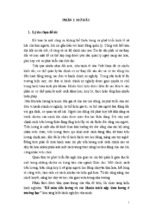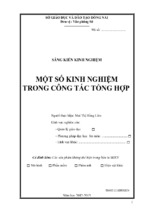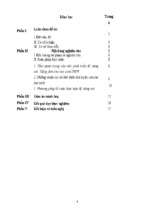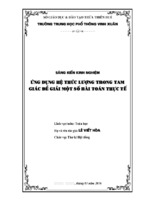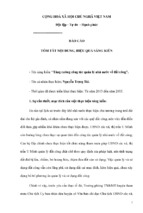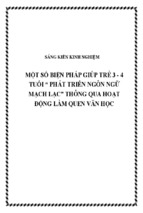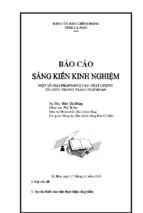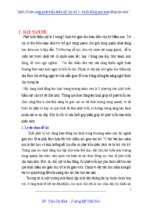Mô tả:
tài liệu tiếng anh
Prefixation
1. What are the characteristic features of prefixation?
2. What are criteria to classify prefixes?
Suffixation
3. What are the characteristic features of suffixation?
4. Give 3 examples to prove the polysemic feature of suffixes
5. What are the criteria for the classification of prefixes?
6. How many groups of suffixes according to origin?
7. How many groups of suffixes according to meaning?
8. What is the difference between living and dead suffixes?
9. What sources do English affixes come from?
opinions phonological stress double main
pattern between
semantic whole
strong spelling appeared
1
Compounding
10. What is compounding?
11. State the characteristic features of compounds.
Criteria of compound words:
Put the suitable words into the blanks:
1. stress 2. main
7. strong 8. appeare
d
3. pattern
9. betwee
n
4. opinions 5. phonological 6. double
10. semantic 11. whole
12. spelling
There are many different (1) of compound, the criteria that could be based on to distinguish
compounds from word groups are(2)
, inseparable, semantic, and graphic.
As a rule English compounds have one uniting (3)
(usually on the first component),
e.g. hard-cover, best-seller. We can also have a (4)
stress in an English compound, with the (5)
stress on the first component and with a secondary stress on the second component, e.g. bloodvessel. The third pattern of stresses is two level stresses, e.g. snow- white,sky-blue. The third (6)
is easily mixed up with word-groups unless they have solid or hyphonated spelling.
For the integrity criterion, it is stated that (7)
elements of compounds, it is impossible to
insert any words: bread and butter, happy- go -lucky
The (8)
unity of a compound word is often very strong. In such cases we have idiomatic
compounds where the meaning of the (9)
is not a sum of meanings of its components, e.g. to
ghostwrite, skinhead, brain-drain etc.
In nonidiomatic compounds semantic unity is not(10)
, e. g., airbus, to
bloodtransfuse, astrodynamics etc.
Spelling in English compounds is not very reliable as well because they
can have different (11)
even in the same text, e.g. war-ship, blood-vessel can be spelt through
a hyphen and also with a break, sofar, underfoot can be spelt solidly and with a break. All the more
so that there has (12)
in Modern English a special type of compound words which are called
block compounds, they have one uniting stress but are spelt with a break, e.g. air piracy, cargo
module, coin change, pinguin suit etc.
Semi-affixes
1. What is the ambiguity of semi-affixes?
2. Why could it be called affixational word?
Classification of compound words:
Some of the following statement have mistakes, define and correct them:
1. Compound words are classified according to their componental relationship, parts of speech,
meaning and pronunciation.
2. Semantic classification is based on componental relationship within a compound
3. According to their meaning, compounds can be idiomatic or non-idiomatic.
4. Idiomatic compounds are those the meaning can be seen from the meaning of the components.
5. Non-idiomatic compounds are those the meaning can be seen from the meaning of the
components.
6. There is no relationship between the meaning of the components in idiomatic compounds.
7. The connection between components means componental relationship
8. There are three types of compounds according to componental relationship: Coordinative,
Subordinative and Independent compounds.
9. Coordinative compounds: One component dominates the other.
10. Subordinative compounds: The components are both structurally and semantically independent.
11. Examples of idiomatic compounds: monkey-business, blood-vessel, ghostwrite, brain-drain
12. Examples of non-idiomatic compounds: mother-in-law, bread-winner, headmaster.
2
3
- Xem thêm -

